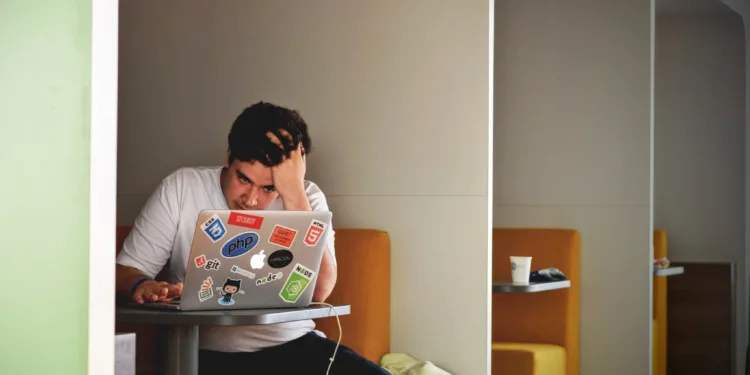In recent years the most commonly reported types of problem debt has changed from credit card debt, loans and overdrafts to household bills and debts owed to the government, like council tax or benefit overpayments.
Although borrowing still plays a role, the root cause of debt is increasingly being on a persistently low income. The average net income for people we have helped to get a Debt Relief Order (DRO) in 2022 was just £16,467 a year. When we polled people who had been in a DRO, 80% reported receiving benefits or Universal Credit as part of their income.
Similarly, over the last decade, fewer than 1 in 5 bankruptcy applicants has had enough spare income to make monthly bankruptcy payment contributions. Polling indicates 64% of people who had been in bankruptcy receive benefits or Universal Credit income.
Low income is often compounded by other factors such as poor health, disability, or caring responsibilities. Of the people supported to do a DRO application last year, 30% were unable to work due to sickness or disability, while 7% were carers.

Living on a tight budget can mean people face difficult choices between falling behind on bills, going without essentials or borrowing to keep up. Between July 2022 and January 2023, one in five people reported having to use credit to help pay for essentials, and 13% had to borrow from friends or family.
A quarter of people in the UK have less than £100 in savings to fall back on, so even a relatively minor setback like an unexpected bill or replacing household items can trigger a spiral into debt.
Those who slip into debt can find it difficult or impossible to escape the debt trap without the aid of a debt write-off option such as a DRO or bankruptcy.
Both of these debt remedies stop creditors from demanding payment, adding further interest and charges, taking action through the courts, or sending bailiffs to remove goods.
Both result in unsecured debts being written off in full, but there are some key differences. Sometimes known as ‘bankruptcy lite’, DROs are specifically for people with low incomes, little or no assets, and low debts.
There are strict qualifying criteria and they’re only available to people with less than £75 spare income left per month. It’s only possible to enter a DRO with help from a debt adviser to prepare the application.
Bankruptcy doesn’t have any specific qualifying criteria, and individuals have to apply directly online, instead of via a debt adviser.
Although DROs are usually the preferred option for people on low incomes, many people are excluded by the qualifying criteria which include homeowners, people with debts over £30,000, and those with vehicles worth more than £2,000. You also can’t enter a DRO if you’ve had one in the previous six years.
Anyone excluded by these rules could consider the more expensive route of bankruptcy which has a £680 upfront fee so may not be an option for those without savings.
If you find yourself in debt you may be able to find answers on our national information website www.citizensadvice.org.uk.
Our local website www.canosn.org.uk has information about how we can help if you need more support. All our support is free. You can also call our Adviceline on 0808 278 7906.
As a charity, donations enable us to help more people. If you wish to make a donation you can find details of how to do this on our website, or cheques can be sent to Citizens Advice North Oxfordshire, 26 Cornhill, Banbury OX165NG.










